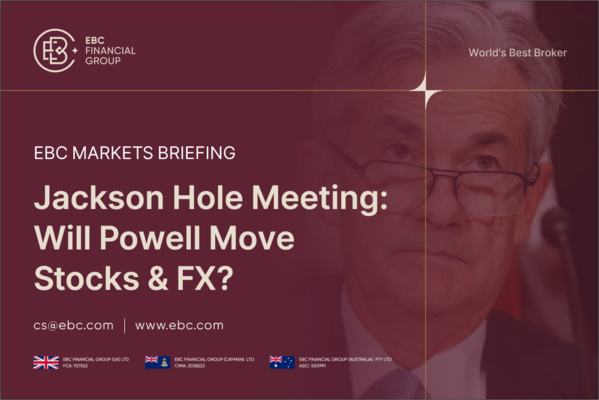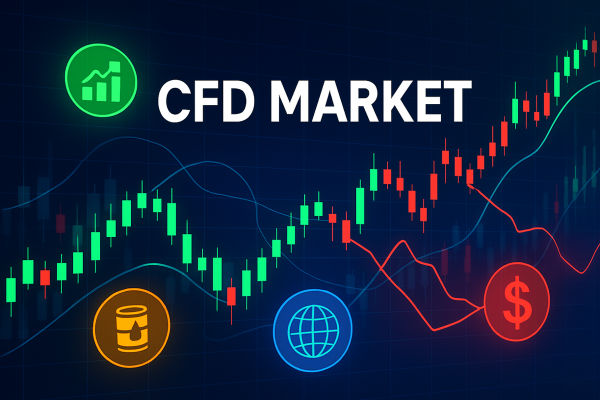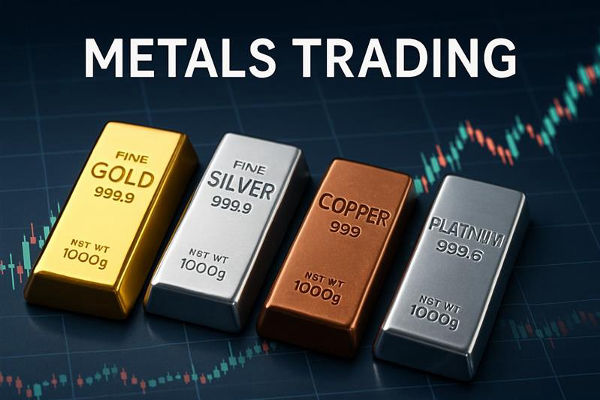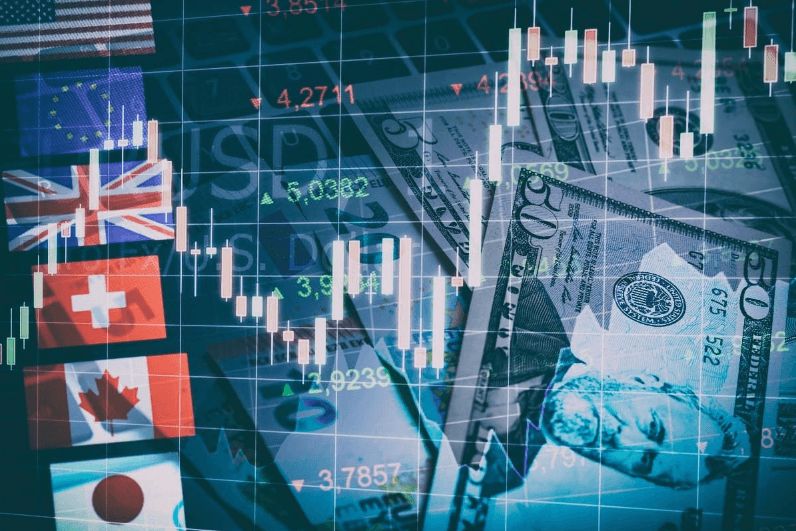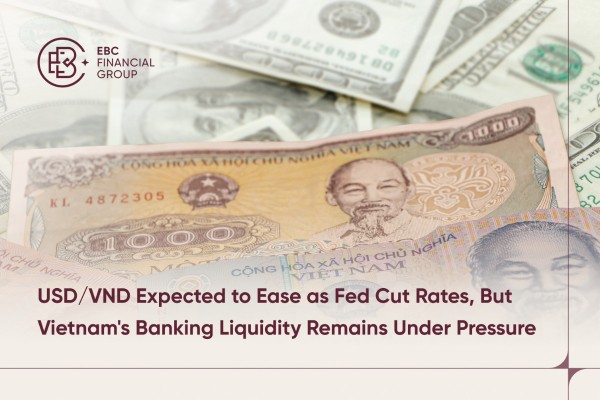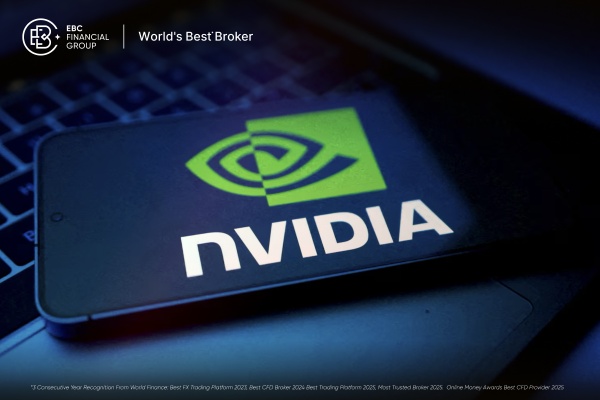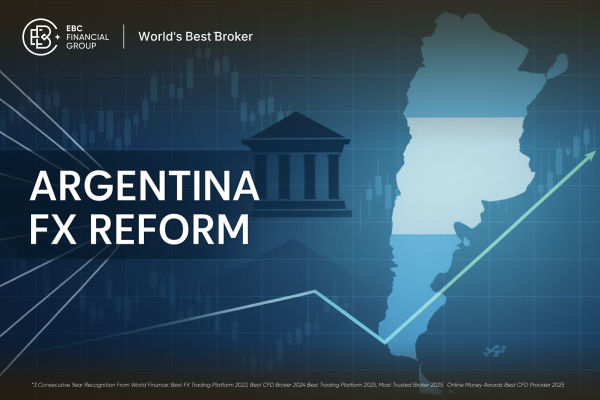For centuries, gold has been valued as a store of value and a hedge against uncertainty. From ancient coins to modern markets, it has earned a reputation as the ultimate safe-haven asset. Today, gold is not limited to physical bars or jewellery; retail traders access the market through futures, spot contracts, exchange-traded funds (ETFs), and contracts for difference (CFDs). This accessibility has made gold trading popular among retail participants.
Trading gold is not as simple as buying low and selling high. It requires understanding global macroeconomic forces, technical charts, and risk management. Unlike equities linked to company fundamentals or forex to currency policies, gold trading reflects a unique mix of inflation, interest rates, central bank activity, and investor psychology.
With a foundation in gold’s appeal and trading avenues established, it’s essential to arm retail participants with actionable knowledge. This guide provides a detailed roadmap of what retail traders should know before trading gold, exploring everything from how the market works to the strategies and pitfalls traders must consider.

Understanding How Gold Is Traded
Before trading gold, retail traders need to understand the different avenues available. The most common is spot gold trading, where traders speculate on the current market price. Futures contracts, traded on exchanges like COMEX, provide another way to participate, often with higher leverage but also greater risk.
Exchange-traded funds such as GLD allow traders to gain exposure without dealing with futures or physical gold, while CFDs enable speculation on price movements with leverage, without owning the underlying asset.
Each method carries its own advantages and disadvantages. Futures provide direct market access but require large margin commitments. ETFs are simple but may come with management fees. CFDs provide flexibility and leverage but also higher risk exposure.
Factors That Influence Gold Prices
Trading gold requires awareness of the forces that drive its value. Unlike stocks, gold does not produce earnings, and unlike bonds, it pays no interest. Its value comes from global demand, macroeconomic conditions, and investor sentiment.
Interest rates play a crucial role. When interest rates rise, the opportunity cost of holding gold increases because investors can earn yield elsewhere. When rates fall, gold becomes more attractive. Inflation is another driver. Gold is widely considered a hedge against inflation, as it tends to retain purchasing power even when currencies weaken.
Geopolitical events, such as wars or trade tensions, often push gold higher as investors seek safety. Central banks also affect gold prices through reserves management. For example, when emerging economies accumulate gold as part of their foreign reserves, demand rises.
Risk Management in Gold Trading
One of the most important lessons retail traders must understand is that gold, while a safe haven asset in investment terms, is not risk-free when traded speculatively. Volatility can cause sharp intraday swings that wipe out accounts if leverage is not managed properly.
Traders must set stop-losses to limit downside risk and avoid risking more than a small percentage of their account on any single position. Diversification is also key; relying solely on gold trading increases exposure to sudden shocks.
Risk management is not only about protecting capital but also about ensuring long-term survival in the markets. The gold market has a tendency to lure traders with its sharp movements, but without discipline, those same movements can lead to significant losses.
Common Mistakes Retail Traders Make
Many beginners enter gold trading believing it is a guaranteed safe bet, forgetting that trading is different from investing. While gold may preserve value in the long term, in the short term it can experience significant volatility.
Another mistake is over-leveraging positions. Because gold is liquid and brokers often offer high leverage, traders are tempted to take oversized bets. When the market moves against them, the losses can be devastating.
Some retail traders also fail to stay updated on key economic events. A single US inflation print or Federal Reserve announcement can trigger sharp moves in gold. Ignoring fundamentals often leaves traders exposed to surprises.
Strategies for Trading Gold
There are several strategies retail traders can use, depending on their style and risk tolerance. Trend-following strategies involve riding gold’s long-term movements, using moving averages or trend lines for confirmation. Mean-reversion strategies seek to exploit gold’s tendency to return to key support or resistance levels after overshooting.
Event-driven strategies revolve around trading around economic announcements or geopolitical headlines. For example, traders may take long positions before an expected dovish Fed meeting or short positions if inflation data suggests rate hikes are imminent.
Swing trading is another popular approach, where traders hold positions for days or weeks to capture medium-term moves. This strategy requires patience but can be less stressful than intraday scalping.
The Future of Gold Trading for Retail Participants
In 2025 and beyond, retail traders can expect gold to remain an important market. Inflationary pressures, central bank policy shifts, and geopolitical risks continue to influence demand. At the same time, technology has made trading gold more accessible than ever. Mobile platforms, algorithmic tools, and 24-hour news feeds allow retail traders to participate in real time alongside institutions.
However, the ease of access also increases risks. With more traders entering the market, volatility around news events may intensify. Education and preparation will be more important than ever.

Final Thoughts
Trading gold is a rewarding but challenging endeavour for retail traders. It offers the liquidity, volatility, and global relevance that few other assets can match. At the same time, it requires knowledge of fundamental drivers such as interest rates and inflation, as well as strong technical analysis skills.
Retail traders should remember that while gold is a safe haven in investing terms, it can be highly volatile when traded with leverage. Success requires discipline, proper risk management, and a balance between technical and fundamental perspectives.
By approaching the gold market with preparation and patience, retail traders can take advantage of opportunities while avoiding the common pitfalls that have trapped many newcomers. Gold may be timeless, but trading it successfully is a skill that must be learned and refined.
Disclaimer: This material is for general information purposes only and is not intended as (and should not be considered to be) financial, investment or other advice on which reliance should be placed. No opinion given in the material constitutes a recommendation by EBC or the author that any particular investment, security, transaction or investment strategy is suitable for any specific person.













